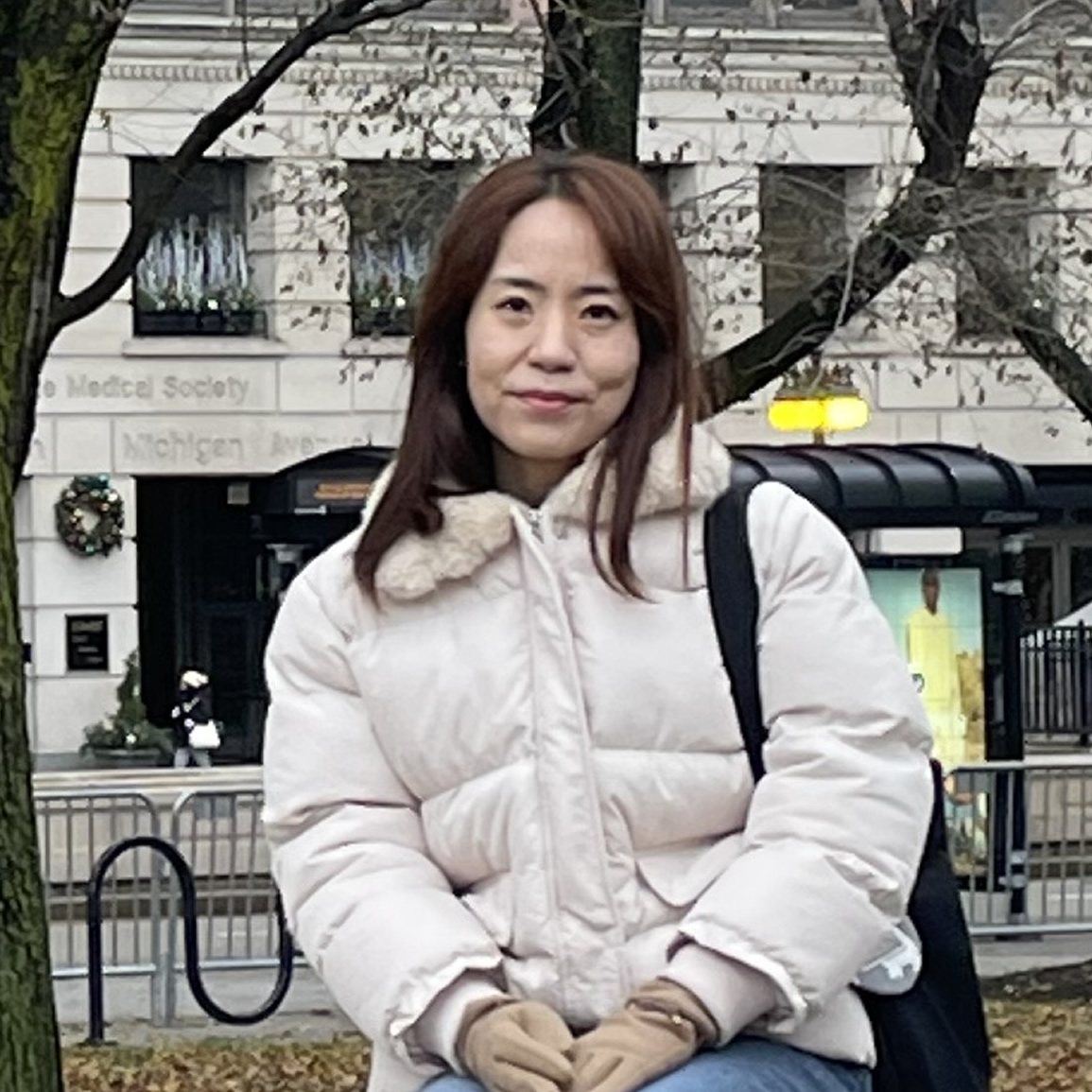
Buyun Jeong
Seoul National University
Buyun Jeong is in her 5th year of the Ph.D. program in environmental engineering at Seoul National University, focusing on heavy metal toxicity prediction in soil and the environment. Her Master's degree dissertation focused on suggesting ecotoxicologically acceptable concentrations of copper in soil porewater within the Han River basin. In this work, she applied a biotic ligand model (BLM) to predict the concentration of copper that elicits toxic effects on 50% of the target organisms, utilizing site-specifically measured environmental factors. Through the integration of this model with species sensitivity distribution, she proposed concentrations that are deemed acceptable and sufficiently safe to safeguard the majority of local organisms. In her Ph.D. program, Buyun aims to enhance a toxicity prediction model for sediment. She intends to incorporate additional factors that have not been previously considered and aims to propose an improved method for assessing heavy metal toxicity in sediment.
Development of an advanced Cd toxicity prediction model by incorporating Fe oxides in oxidized sediment
Since the development of the biotic ligand model in the early 2000s to predict heavy metal toxicity in water, a similar concept has been applied to develop a sediment-based model. Heavy metal toxicity in sediment is greatly influenced by environmental factors that impact metal speciation. Metals react with iron sulfide (FeS) in deep sediment, forming insoluble sulfides (MeS), which may be released as sediment oxidizes due to resuspension, dredging, or fauna habits. Initially, the equilibrium partitioning model focused on predicting metal toxicity through metal ion reactions with sulfides, considering sediment with more sulfides than metals as non-toxic. To address metals not bound to sulfides, a sediment biotic ligand model incorporated particulate organic carbon (POC) as a key partitioning phase for released metal ions. In oxic sediment, Fe oxides additionally serve as partitioning phases, especially in high pH and Eh conditions. This study targets cadmium, a highly toxic heavy metal even in small amounts, aiming to (i) evaluate Fe oxides' role in Cd partitioning in oxidized sediment and (ii) adapt the existing toxicity prediction model to include Fe oxides as an extra partitioning phase. The study will conduct a validation process through toxicity tests in a flow-through flume using a benthic organism and will assess the model's applicability.